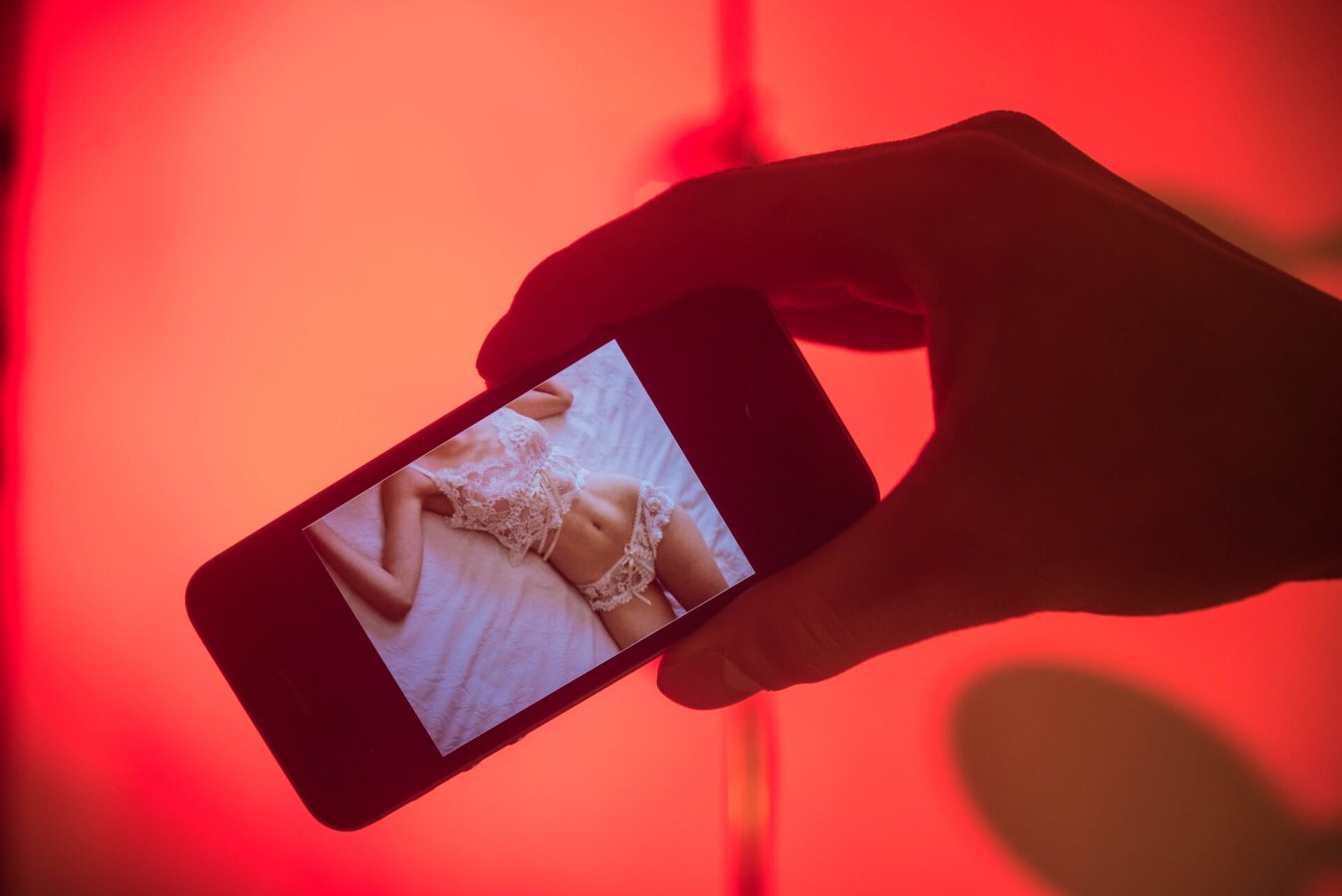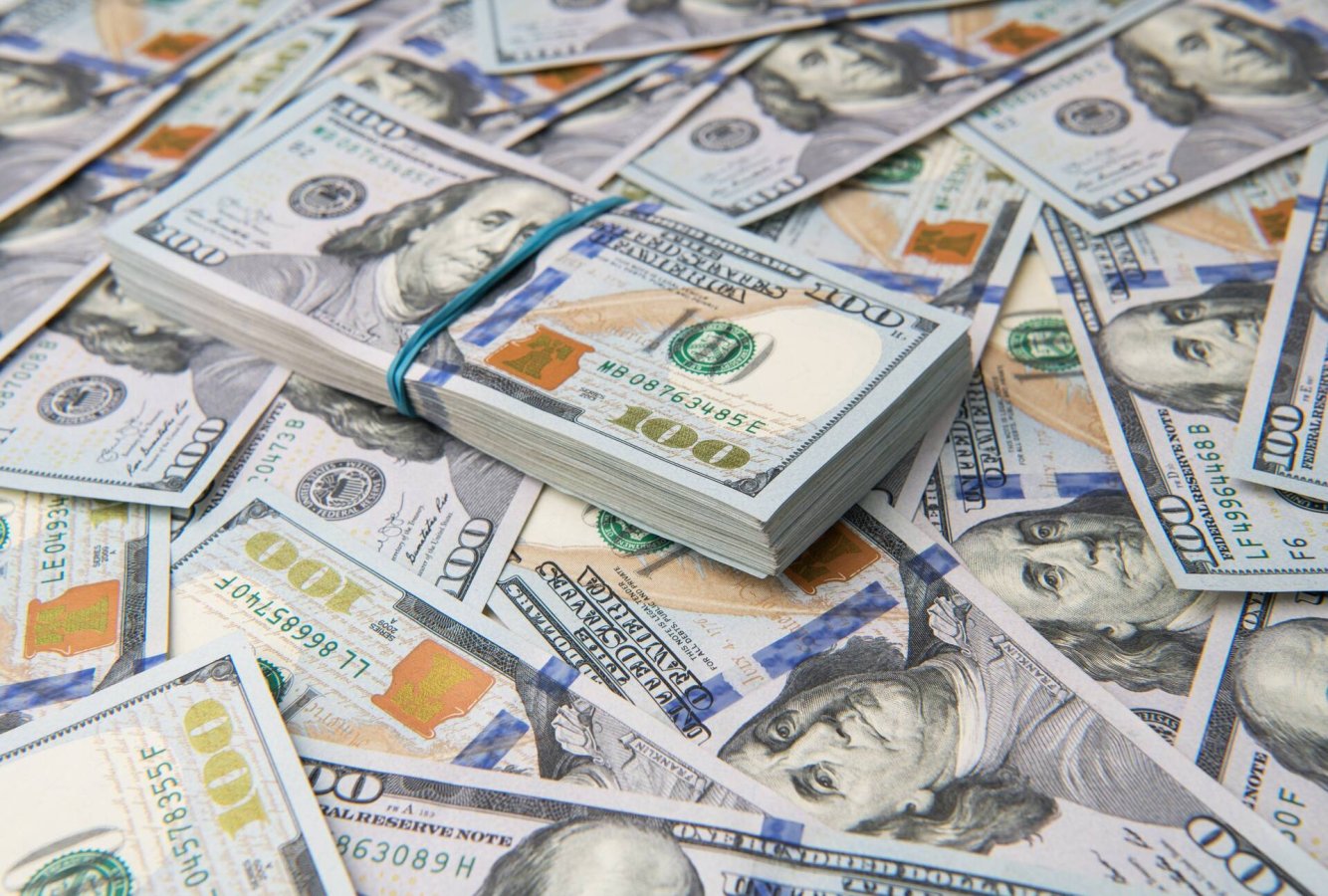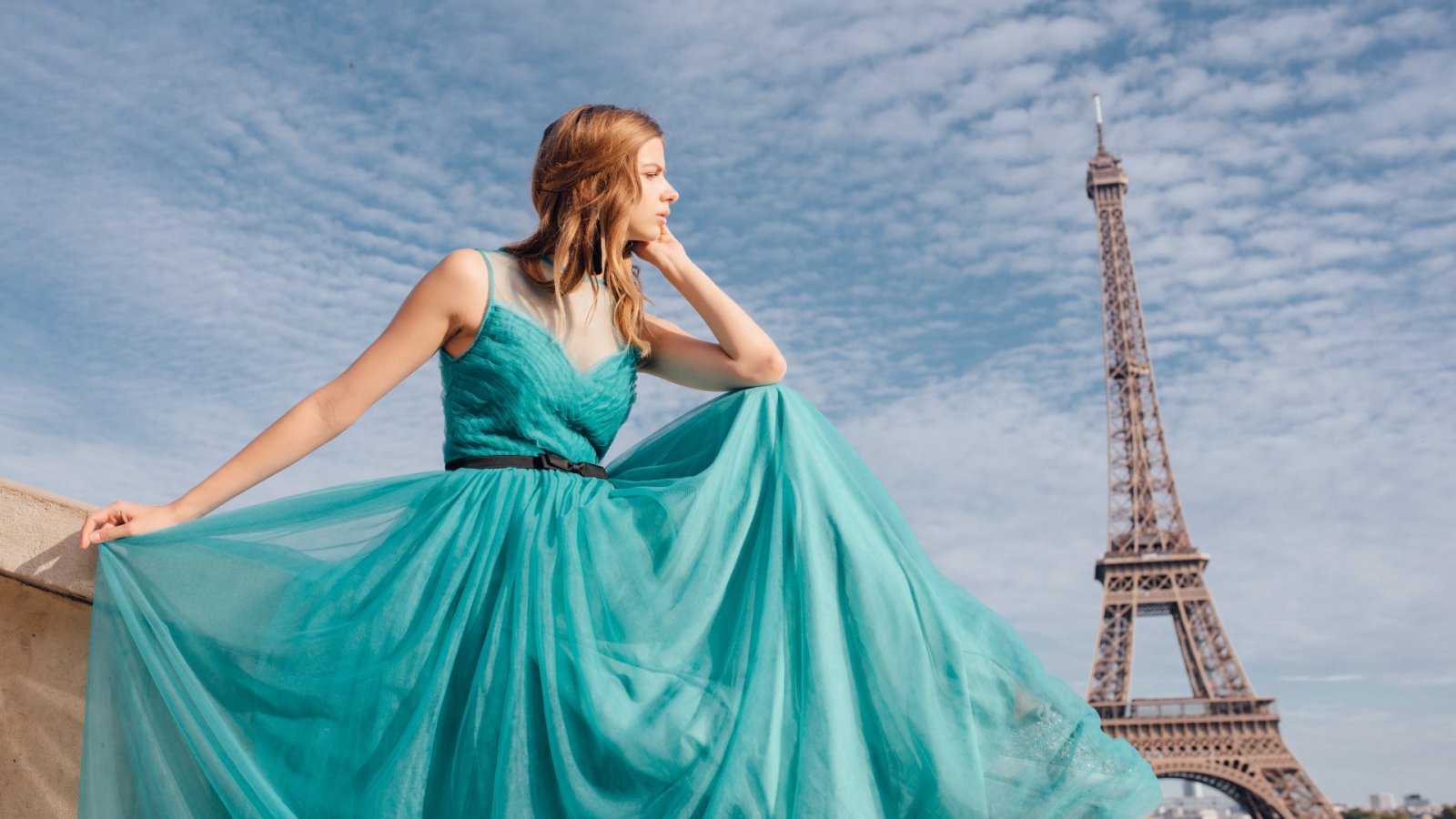For centuries, the visionary work of fashion designers has steadily shaped trends and transformed styles. During the 20th century in particular, as the couture industry boomed, many iconic creators launched influential silhouettes and designs that dramatically impacted women's fashion.
While giving a comprehensive overview of fashion history in a single article would be impossible, as the creative contributions of designers spanned generations, we aim to highlight 7 of the most seminal figures whose groundbreaking work still resonates today. Through some of their most iconic pieces, these pioneers played a defining role in establishing the foundations of modern dress.
Charles Frederick Worth - the pioneer who established haute couture
Considered the original fashion designer of the modern era, Englishman Charles Frederick Worth dominated Parisian style in the late 1800s. In 1858, Worth established the first true haute couture house - Maison Worth - at 7 rue de la Paix in Paris, effectively founding the couture industry.
At a time when demand for luxury goods was rapidly expanding among newly wealthy clientele, Worth catered to a market seeking innovative, high-quality dressmaking. His polished, meticulously-crafted designs stood out among Paris couturiers of the 1860s onward.
Coco Chanel: the Icon who revolutionized women's fashion
One of the first designers to achieve global renown, Gabrielle “Coco” Chanel profoundly transformed the way women dress from the early 20th century through today. Operating in an era dominated by restrictive corseted silhouettes and elaborate gowns, Chanel championed comfort and functionality in fashion. Through her brand's debut of the iconic little black dress in the 1920s, Chanel liberated women from traditional constraints, tapping simplified elegance. Embracing practical fabrics like jersey and tweed previously reserved for men, she paved the way for androgynous styling.
Ever the visionary, Chanel launched her signature No. 5 fragrance in 1921, crafting a scent representative of the modern independent woman's allure and spirit. No. 5 remains one of the world's top-selling fragrances today.
Elsa Schiaparelli: the iconoclast who brought playfulness to high fashion
Italian-French designer Elsa Schiaparelli ushered sportswear into high fashion when she opened her Paris atelier in 1927. Through bold, simple silhouettes blended with surrealist wit, she challenged norms and pushed boundaries.
A proponent of humor and irreverence, Schiaparelli was the first to add an element of fun to couture through surprises and tongue-in-cheek references. Her Shocking fragrance only enhanced her playful, rule-breaking image
Pierre Balmain: couturier of opulence and Hollywood glamour
Opening his Paris atelier in 1945, Pierre Balmain ushered resplendent gowns that breathed fresh life into fashion after WWII austerity. A go-to for iconic film stars throughout the 1950s-60s, Balmain defined an era of glamorous eveningwear through his signature "Jolie Madame" silhouette. Initially introduced as a perfume in 1949, "Jolie Madame" conveyed adventure and passion.
Hubert de Givenchy: couturier of minimalist elegance
In 1952, Hubert de Givenchy opened his Paris atelier at 8 Rue Alfred de Vigny, revolutionizing womenswear with his first "Separates" collection. Comprising mix-and-match tops and bottoms sliced from ballgowns, it championed convenience and individual style curation. The designer found eternal fashion fame in 1961 crafting an iconic black dress for Audrey Hepburn's role in Breakfast at Tiffany's.
Beyond his artistic partnership with Hepburn, Givenchy gained renown for couture characterized by elegant restraint and versatility.
Valentino Garavani: master of Italian luxury and iconic red
In 1959, Valentino Garavani launched his studio on Rome's Via Condotti and debuted ready-to-wear, unveiling his signature strapless tulle dress - La Fiesta - rendered in a vivid crimson hue that would typify the House of Valentino. So emblematic was this valentine-inspired red that the brand holds the exclusive Pantone tone. Partnering with Giancarlo Giammetti in 1960, Valentino expanded into couture shown two years later at Florence's Pitti Palace.
Roy Halston: pioneer of 1970s glamour and unisex design
Roy Halston Frowick - known simply as Halston - was one of the foremost American designers of the 20th century. Emerging in 1966, he defined the opulence and freedom of the disco era through his womenswear and couture label. A trailblazer, Halston was among the first to introduce unisex clothing, creating styles that blurred gender lines early in his career.
Halston epitomized luxurious minimalism through impeccable tailoring and flattering silhouettes. He dressed the celebrity elite of the disco-fueled 1970s in spare yet indulgent designs reflective of changing social mores.






